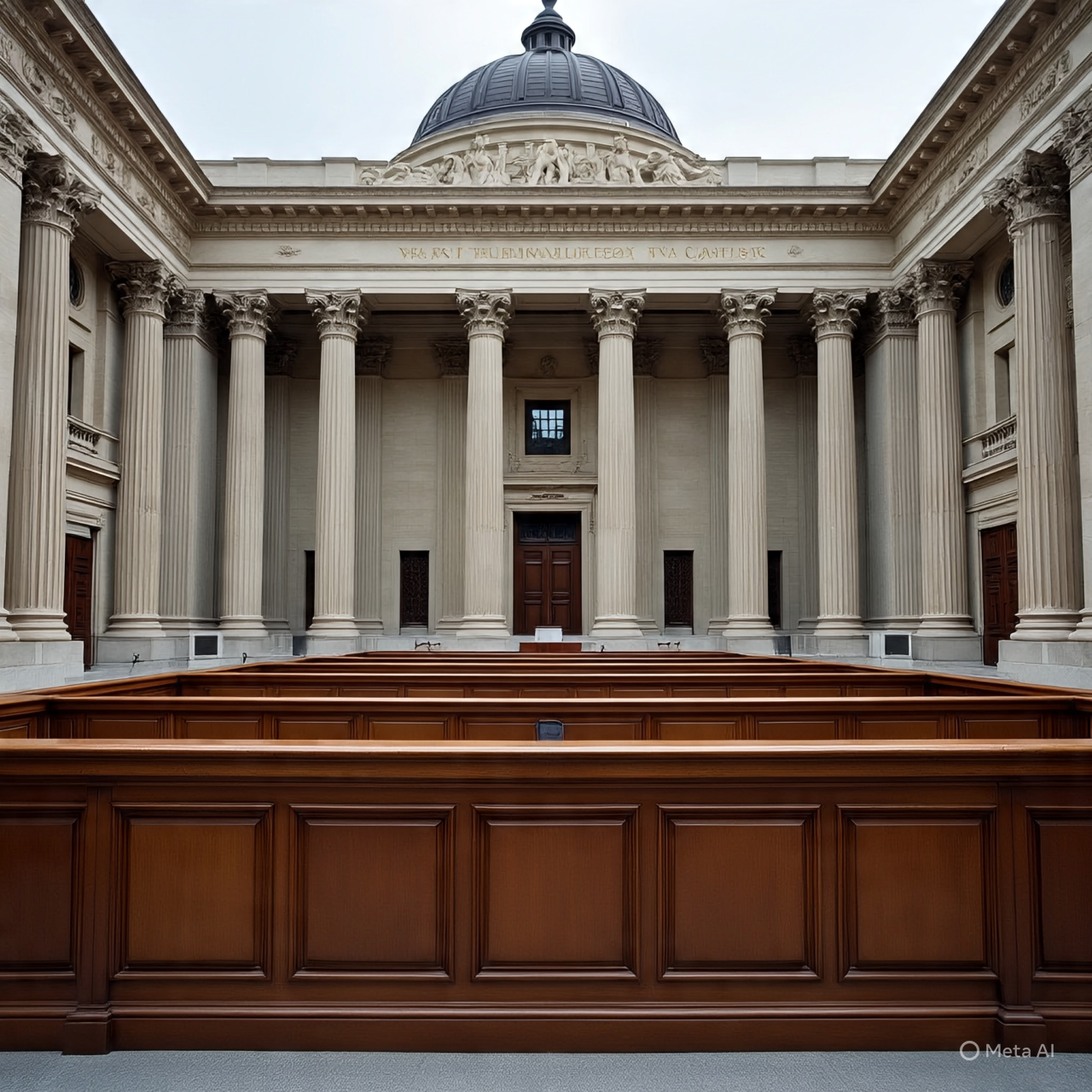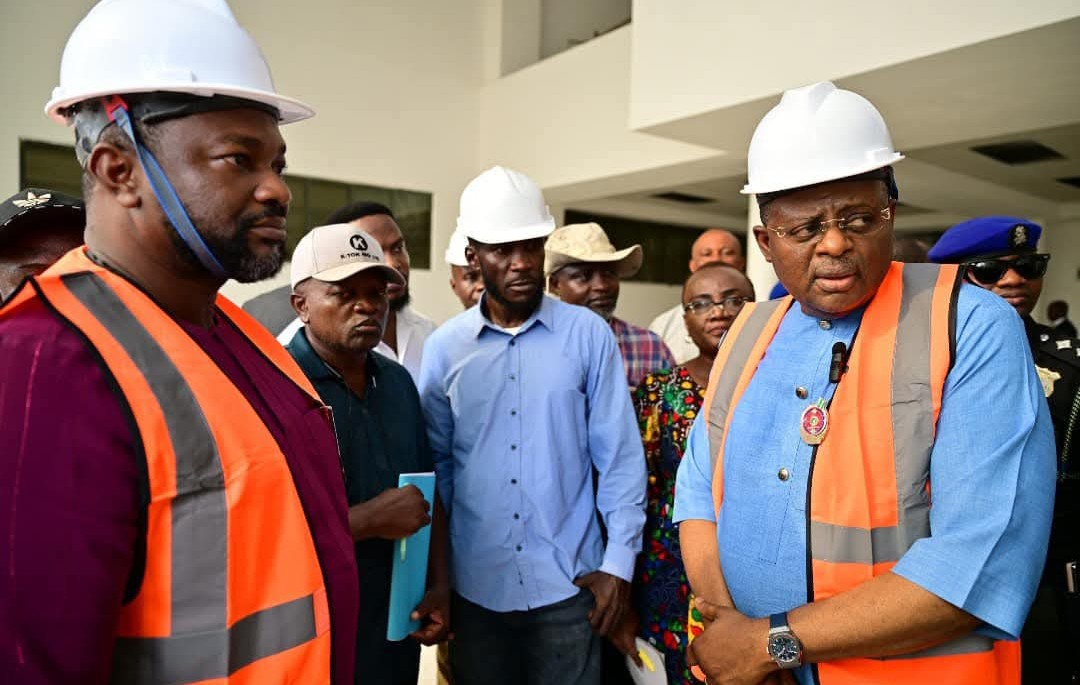By: Rt. Hon John Gaul Lebo
UNDERSTANDING THE ICJ JUDGMENT AS DERMACATED BY THE GREEN TREE AGREEMENT GTA BY THE JOINT MIXED COMMISSION CNMC CAMEROON/NIGERIA MIXED COMMISSION.
I have read alot of historical analysis and perspective Drawings about the Bakassi peninsular based on the 1913 Anglo-German Treaty which formed the basis of the Cameroon claim at the ICJ.
The best historical perspective so far written is by The Revered Etubom Chief Anthony Ani (Fmr Minister of Finance).
My general observation is that, the complexity of the ICJ judgment over Bakassi Peninsula requires multi sector perspective Drawings, including, history, geography, geological Science, ecosystems economics, maritime Law, International law especially the Geneva convention 1958 and the UNCLOS 1982.
When Cameroon filed it’s claim at the ICJ claiming ownership of Bakassi peninsular based on the Anglo-German Treaty of 1913, Cameroon wanted ownership of the entire Bakassi peninsular based on the 1913 Anglo-German Treaty.
It is imperative to Note that between 1913 and 1994 when the Anglo-German Treaty was made and when Cameroon filed its claim officially, International Law had evolved beyond colonial laws.
For instance the Vienna convention on Treaties 1956, The Geneva Convention on the Law of the Sea 1958, the unification of the Laws of the Sea under UNCLOS 1982 with UN Commission on the Sea had taken full effect. The implications of the above Conventions of the United Nations is a complete takeover of the management and administration of the Sea from countries to the United Nations under UNCLOS.
And the most important and fundamental objectives of the UNCLOS is to ensure that all countries and Nations are allowed access to the sea including landlocked states, therefore, the issue of non littoral state or HEMMED-IN, off the sea was eliminated.
Importantly, it is critical to note that by the time Cameroon filed it’s claim officially in 1994, the Bakassi peninsular had evolved geographically and geologically beyond the 1913 map into the Gulf of Guinea islands and several regional Basins, like Cross River Basin, Douala Basin across Cameroon opposite the Cross River, Rio Muni Basin( Equatorial Guinea)North Gabon Basin(Gabon) Niger Delta Basin etc.
The above Basins are protected by Articles 33,35,75,86 of the UNCLOS with access to the Atlantic Ocean and Gulf of Guinea.
By 1994 Bakassi peninsular maritime territory had evolved into:
1. Southern Bakassi peninsular with maritime access through the Eastern Bank of the Atlantic Ocean close the Akwa Akpa (Akwayefa River) close to the Ikang mangrove and made up of communities like Abana, Atabong, Archibong Town, Tom Shot islands and ancient Efik traditional sanctuaries of Isangidem.
2. Western Bakassi peninsular with maritime access into the Gulf of Guinea close to the Ikang mangrove and Akwa Akpa (Yafe) River from the Atlantic Ocean.
Western Bakassi has Dayspring island and Western Abana, plus part of the Ikang Mangrove towards the Calabar Estuaries.
3. The new evolving Bakassi peninsular maritime geography and boundary disputes was majorly contested at the ICJ between Nigeria and Cameroon around, the natural course of the Akwayefa River flowing into the Cross River and the Ikang mangrove in between separating the East Bank (Southern Bakassi) and the west bank (Western Bakassi).
After Cameroon filed its claim officially against Nigeria, Gen Sanni Abacha created Bakassi Local Government as Plan B out of the western Bakassi island of Dayspring and Abana, plus the Ikang mangrove.
The Judgment of the ICJ clearly focused on the Akwayefa River, and the Ikang mangrove, without interfering with the inner Calabar Estuaries (Because the Ikang mangrove was also part of the Calabar Estuaries.
The International Court of Justice (ICJ) judgment between Nigeria and Cameroon over the Bakassi Peninsula maritime boundary is clear on the demarcation.
From the ICJ judgment( ICJ Report Volume 303 2002)
At Para248-250 of the judgment, it was clearly stated as follows.
– Bakassi Peninsula Boundary: The ICJ decided that the boundary follows the thalweg of the Akwayefe River, dividing the Mangrove Islands near Ikang.
Thalweg of Akwayefe River: The thalweg is the deepest or most navigable channel of the river, which serves as the boundary between Nigeria and Cameroon. (Akwayefa River flows to Cross River).
Ikang Mangrove Swamp Division: The boundary divides the mangrove islands near Ikang, with the exact division shown on map TSGS 2240. (Leaving East Bank in Cameroon and west Bank through the Ikang mangrove and Calabar Estuaries in Nigeria.)
– Straight Line to King Point: The boundary extends from the mangrove islands in a straight line joining Bakassi Point and King (Point giving Nigeria Litoral Environment through the Calabar Estuaries and Ikang mangrove upto the G Point of Gulf of Guinea.)
Furthermore,
Furthermore, the IHO-REPORT ( International hydrographic organization) agency of the UN .
“Mangrove Islands near Ikang in the ICJ judgment
The International Court of Justice (ICJ) judgment on the Bakassi Peninsula between Cameroon and Nigeria determined that the boundary follows the thalweg of the Akwayefe River, dividing the Mangrove Islands near Ikang. According to the judgment, the boundary line joins Bakassi Point and King Point, with the center of the navigable channel of the Akwayafe River.¹
After the ICJ judgment, the division of the Ikang Mangrove was based on map TSGS 2240, which shows the boundary dividing the mangrove islands near Ikang. Unfortunately, the exact size of the Ikang Mangrove left in Nigeria is not specified in the judgment.
However, considering the geographical location and the boundary determined by the ICJ, the remainder of the portion of the Ikang Mangrove would likely be located in Cross River State, Nigeria. This is because Ikang mangrove is a part of Akpabuyo and extended to Odukpani Local Government Area in Cross River State, and the mangrove ecosystem is situated near the Calabar Estuary, which is also in the same state.
To determine the exact size of the Ikang Mangrove left in Nigeria, further research or consultation of map TSGS 2240 would be necessary.”
Finally, the impression that the entire Bakassi Peninsula was ceded to Cameroon leaving nothing in Nigeria is not correct.
The ICJ judgment clearly did not cede all of the Ikang Mangrove, did not cede Dayspring island and Western Abana and did not extend Cameroon sovereignty up to the west bank where the Calabar Estuaries opens up
leading to the Gulf of Guinea Tripartite G Point.
Nigeria clearly lost all of southern Bakassi Peninsula upto part of the Ikang Mangrove and sovereignty to Cameroon, but Nigeria negotiated Litoral Environment through the Atlantic Ocean by Akwayefa for Cross River State, to cover the Navy and the Calabar Port under the Marpol convention.
Nigeria also gained western Bakassi islands and part of the Ikang Mangrove and Calabar Estuaries with sovereignty up to the G Point with the Gulf of Guinea through the Cross River and Douala Basin maritime territory.
John Gaul Lebo
LLB (Hons) BL, LLM. (Harvard)
Gaul Gate Law
Maitama Abuja





